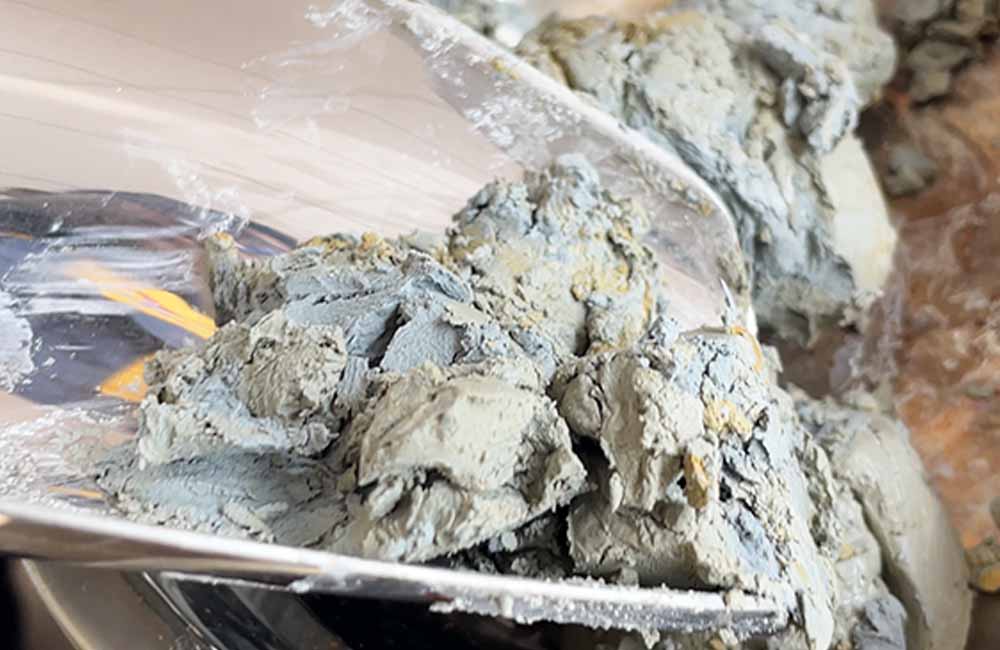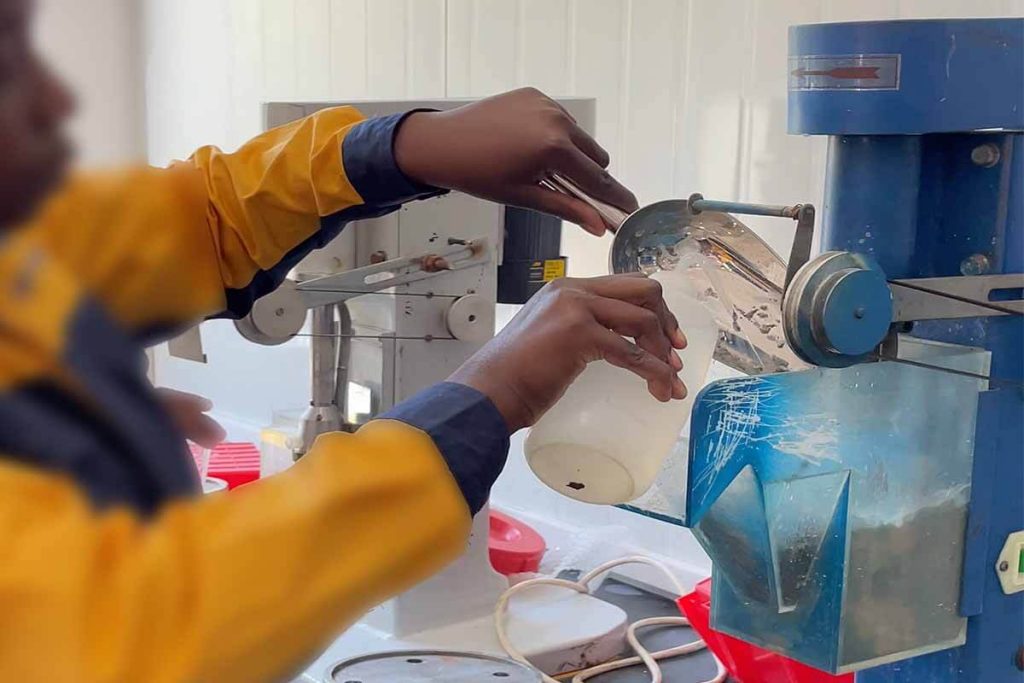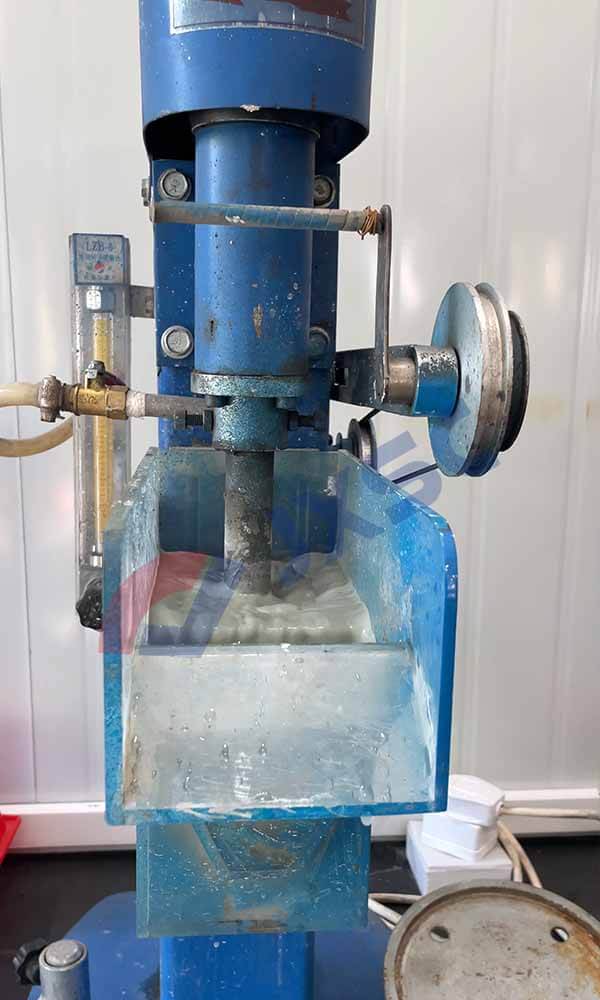Maximizing molybdenum ore recovery depends largely on the accuracy of laboratory testing. By implementing advanced analytical techniques such as X-ray fluorescence (XRF) and scanning electron microscopy (SEM), miners can gain a clearer understanding of the mineral composition of the ore. This detailed analysis can optimize processing methods based on specific ore characteristics, ultimately improving recovery.
Among them, flotation is the most critical stage in molybdenum ore laboratory beneficiation testing, which enables optimal concentrate recovery efficiency. By simulating different grinding scenarios and flotation conditions in a controlled laboratory environment, mining operations can determine the most effective method before full application. After reasonable ore sample beneficiation testing, large-scale production can be carried out to evaluate various reagents and conditions that improve molybdenum recovery.
What Is Molybdenum
Molybdenum is a very important nonferrous metal with good thermal and electrical conductivity, high strength, high melting point, high-temperature resistance, wear resistance, corrosion resistance, and other characteristics.
Molybdenum is a non-renewable strategic mineral resource used in steel, chemical, military, electronics, biomedicine, agriculture, and other fields. It is often used in the power electronics industry to manufacture semiconductor base plates, glass melting electrodes, high-temperature furnaces, solar cells, and sputtering targets for flat-panel displays.

Laboratory Molybdenum Flotation Testing
By simulating real-world conditions in a controlled environment, this flotation process examines the behavior of molybdenite, the primary mineral source of molybdenum, under different reagent types and concentrations. Each test carefully evaluates how different variables, such as pH, particle size distribution, and aeration, affect flotation separation efficiency. The key feature of this process is its adaptability, which allows researchers to tailor their methods to unique ore characteristics.
1. Sample preparation
A representative sample is finely crushed and ground to liberate the molybdenite particles from the gangue minerals. This foundational phase ensures that subsequent tests reflect the deposit’s true characteristics, allowing for a more accurate assessment.
2. Conditioning phase
Takes center stage. A series of batch flotation experiments helps determine optimal reagent conditions. Researchers can observe how these variables affect recovery and concentrate grade by trialing various collectors and frothers at different doses. Here, multiple reagents—collectors, frothers, and modifiers—are introduced to enhance the hydrophobicity of the molybdenite. Understanding the chemistry of these reagents is an art in itself; manipulating variables such as pH and reagent concentration can improve selectivity over unwanted impurities or gangue materials.

3. Flotation Process:
The flotation process is a crucial stage that separates valuable minerals from waste based on differences in surface properties. The ability to fine-tune gas flow rates and agitation levels at this stage can optimize bubble-particle attachment and maximize recovery.
4. Analysis:
Test analysis provides qualitative observations and quantitative data with important insights into recoveries and concentrate grades. The data obtained drives iterative improvements: if initial tests yield lower recoveries or grades than expected, engineers will return to earlier stages to reevaluate the type of reagents or particle size used.

This type of testing is particularly appealing because it can uncover unexpected interactions between reagents. The synergistic effect of combining certain frothers can enhance bubble stability while increasing mineral recoveries beyond initial expectations. Different deposits have unique mineralogical properties. Moreover, with the results of laboratory testing, understanding these nuances means that concentrate recoveries can be precisely determined while maximizing yields.
Laboratory molybdenum ore flotation tests provide valuable insights into the efficiency and effectiveness of the mineral separation process. By simulating full-scale operations in a controlled environment, these tests provide valuable advice on the efficiency and effectiveness of the mineral separation process. Asia-Africa International supports customized mineral processing testing services, including crushing, grinding, flotation and other equipment, and can customize the process according to specific ore composition. Contact us (JXSC) for more details!
